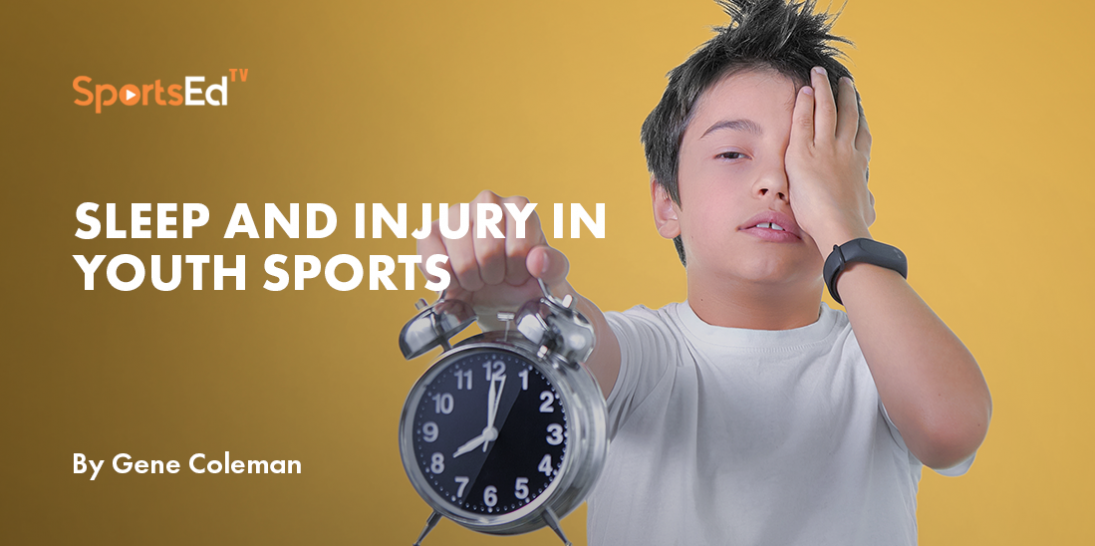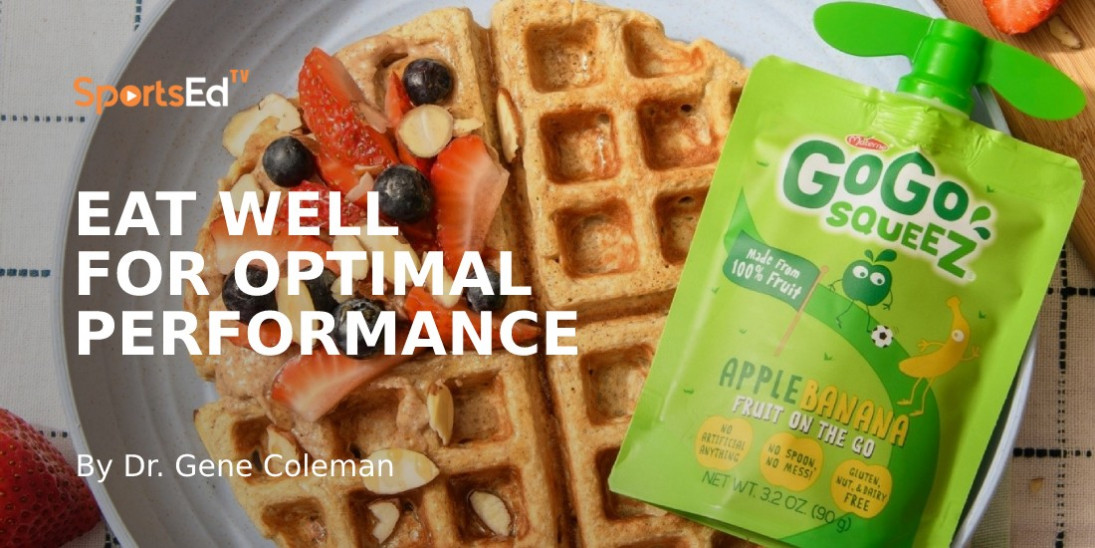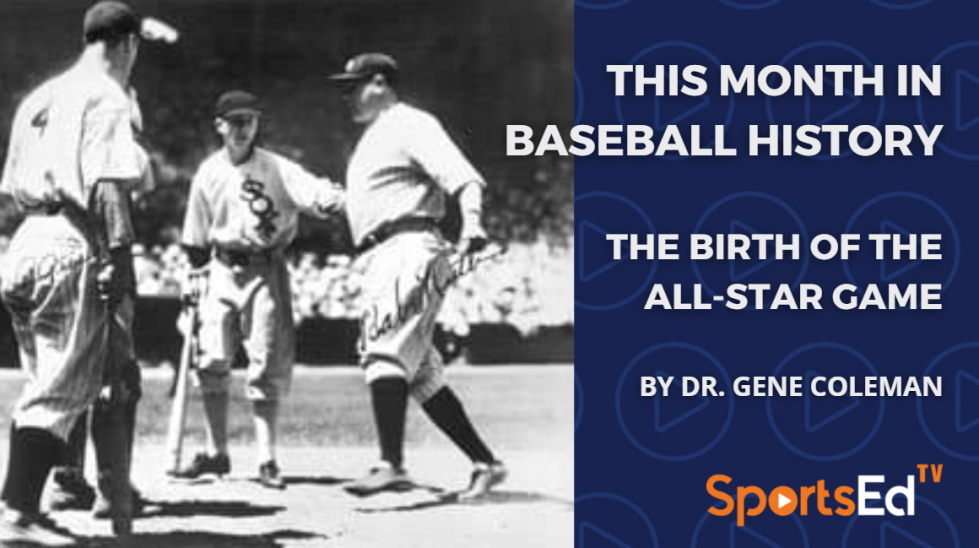Baseball, Strength And Conditioning
Welcome and thanks for visiting...

Preparation, Performance and Playing Time

Regardless of the level of play, youth, high school, college, or pro, every player wants more playing time. Playing time is the brass ring that every athlete seeks. Some want more playing time because they believe that it will make them a better player, some because it will enable them to get more attention from high school coaches, college recruiters, or pro scouts, some to be an important part of the team, and some to enhance self-worth. They don’t want to be a sub. In most youth leagues, playing time is an entitlement; everyone gets the same amount of playing time. As players advance up the ladder, playing time has to be earned.
Playing time is earned
Jimmy Williams, former Blue Jays, Red Sox, and Astros manager, told his players on day 1 – “I don’t make out the line-up, you do. I don’t decide where you hit in the batting order. You do. If you want more playing time, perform better. If you want to hit higher in the batting order, hit better.” His philosophy was very simple. “Playing time is based on performance, not experience, the name on the back of your jersey, length of contract or salary.”
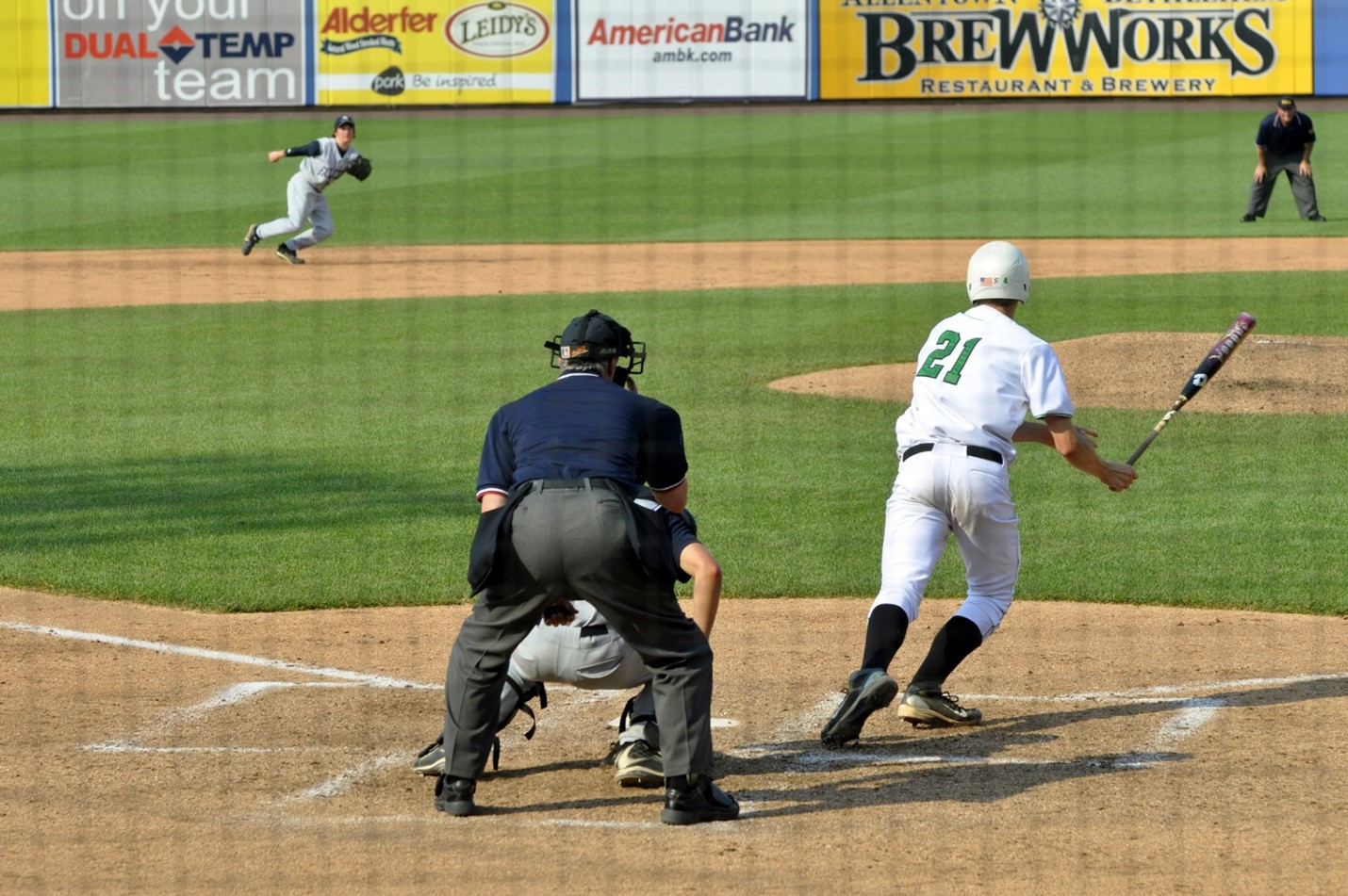
So, how do you improve performance? The key is proper preparation. Proper preparation increases the chances of good performance and limits the chances of poor performance. Preparation has to be specific to the requirements of the game, as well as the position and needs of the player. You can’t just put in 10,000 hours and improve performance. Preparation has to be directed and designed to improve weaknesses, reduce or eliminate deficiencies, and enhance strengths. Preparation has to be holistic. You can’t expect to get stronger if you don’t work hard enough (intensity) or often enough (frequency) to stimulate growth. Likewise, even with a proper strength training program, you can’t expect maximum results if you don’t eat enough of the right foods to fuel workouts and growth, and you don’t get enough rest and sleep to allow growth to occur. Exercise stimulates growth, food fuels growth, and growth occurs during rest and recovery. The takeaway is “Work, diet, and rest are important, and one is not beneficial without the other two.”
No
lan Ryan said, “You should never lose because the opposition was better prepared than you were.” That meant the opposition worked out harder, ate better, got more sleep, recovered better, and loved the game more than you did. You can’t wish for better performance in the field, and you can’t hope to get a hit. You have to plan for what you want, execute the plan, evaluate the plan, and tweak it when needed. To paraphrase a quote from legendary former Head Football Coach at The University of Texas, Darrell Royal - “Luck is when proper preparation meets opportunity, and I have never seen luck fall out of the sky and land on a guy playing video games.” Chances are good that no one today would have heard of Wally Pipp if Lou Gehrig hadn’t been appropriately prepared to take advantage of his opportunity when it occurred. Is there any chance that Cal Ripken, Jr. would have been able to break Gehrig’s record of 2,130 consecutive games if he had not been prepared to take the field and perform at a high level every day?
Focus on preparation
Proper preparation, especially during the season, requires that you focus on the things that you “need to do” on and off the field and eliminate those that would be nice to do if you had enough time. Save the “nice to do’s” for the offseason when you have more time. Nice to-do’s often don’t transfer to the field and require energy that is better spent on playing and preparing to play.
Movement preparation
In the past, pre-practice and pre-game activity consisted of warm-up. Players jogged a lap to get their heart rate up, did a few arm circles to get their arms and shoulders loose, and sat down and pointed at their toes to stretch their hamstrings. Today, pre-game and pre-practice start with movement preparation, i.e., performing movements that prepare the nervous, circulatory, and respiratory systems to deliver energy, remove waste, and get the muscles and joints ready to perform the fundamental motor and sports skills needed to perform efficiently and at a high level.
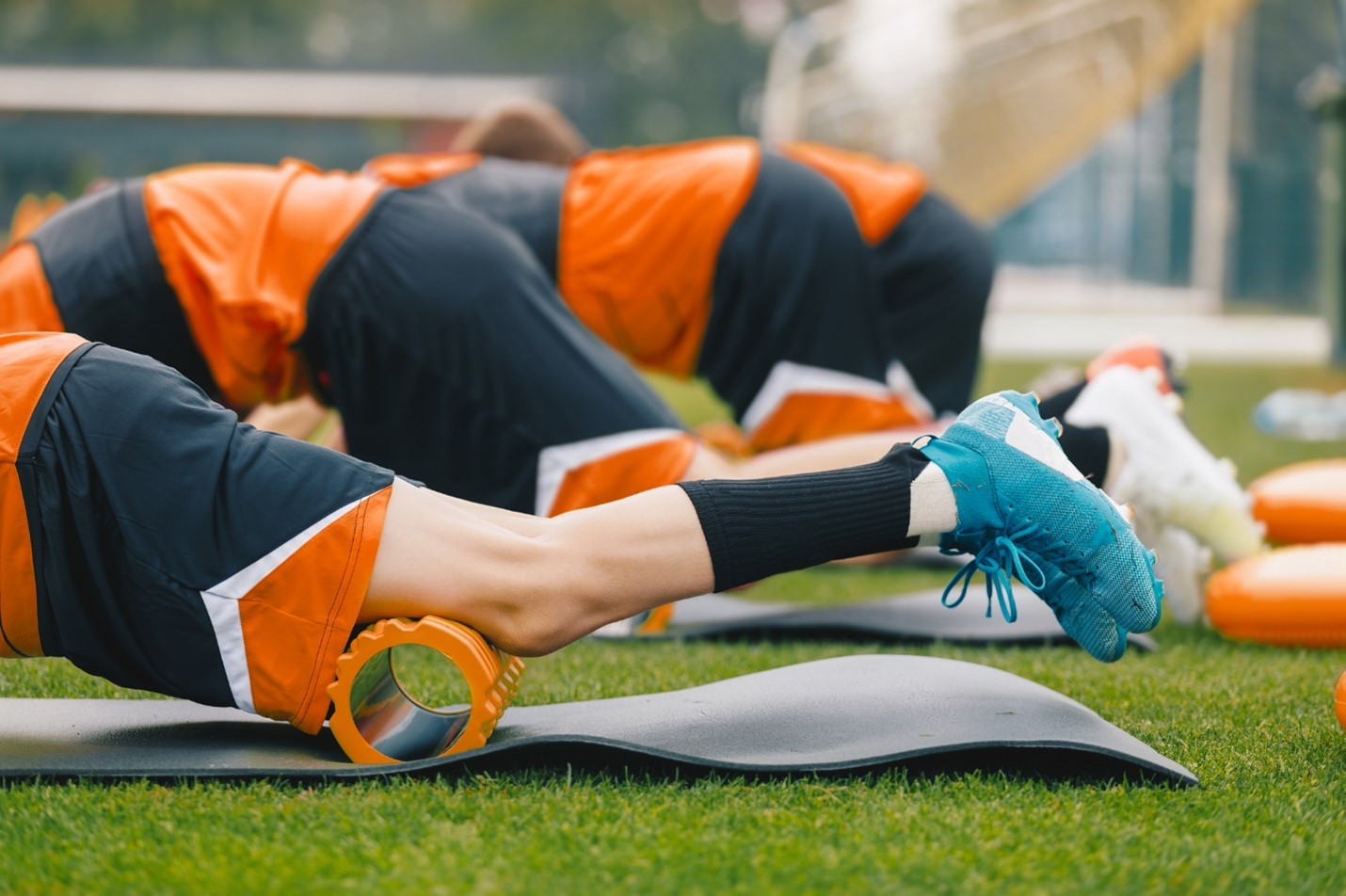
Professional college and some high school players typically do foam rolling exercises to help reduce muscle density, tightness, soreness, and inflammation and increase joint range of motion. While these sessions can be longer in the off-season when players don’t have to compete, in-season sessions should be shorter and address specific areas of concern vs. rather than bodywork.
Foam rolling is followed by a dynamic warm-up to prepare for the activity and reduce the short-term risk of injury. Warm-up is active and rhythmic and simulates those used in game situations (skips, shuffles, leg swings, kicks, arm swings and rotations, etc.). Dynamic movements require the muscles to produce the movements used in practice and game situations, move joints through ranges of motion similar to those required in competition, and better prepare the body for the stresses to follow than sitting or kneeling on the ground and performing isolated joint movements. Isolated movements can be reserved for rehabilitation and pre-habilitation situations.
Strength training
In the weight room, focus on lifts that directly transfer to on-field performance and eliminate those that don’t. Most of the work in the weight room should involve multi-joint exercises that can be performed in multiple planes. The goal, especially for starting players, is to maintain all or most of the strength developed in the off- and pre-season. A well-designed training program should allow players to get in, do their work, and get out in 30-40 minutes max1. More is not better. More diverts time and energy away from skill development.
Running
Baseball is an anaerobic (without oxygen) sport, and most runs in game situations are 20-30 yards in length, and most plays are over in 5 seconds or less. If players start the season in shape, they should be able to maintain fitness without doing cardio workouts. Cardio workouts train the wrong energy system (oxygen vs. ATP-PC), wrong fiber type (slow-twitch vs. fast-twitch), and wrong endocrine response (catabolic vs. anabolic) used in game situations. Speed is essential, but research indicates that the short sprints that position players do before the game, plus the running that they do on the bases and in the field, are sufficient to maintain speed throughout a 162-game MLB season. Non-starters and pitchers might need to run more often and do longer sprints, but most players can stay in shape and maintain speed with less effort than required to get in shape.
Cool down
Many players neglect the post-game cool-down, which is recommended. Following games and practice sessions, muscles tighten, and the range of motion tends to decrease. An effective cool-down using static stretching and light exercise will help improve blood flow to the muscles, reduce heart rate, and facilitate muscle relaxation.
Eat
Players must eat enough calories to fuel pre-game activity, training, the game, and post-game recovery without going into detail. The recommended athlete’s daily diet should be primarily carbohydrate (45-65% of total calories; 6-10 gm/kg of body weight); moderate protein (15-35%; 1.2-2.0 gm/kg) and low fat (20-35%)4. Athletes should get nutrients from food first and supplement only when needed. Since the body is approximately 60% water and muscles are about 70% water, water and other fluids are essential for optimal performance and to prevent dehydration. Most athletes will need 8-10 cups of water per day, more in hot and humid environments.
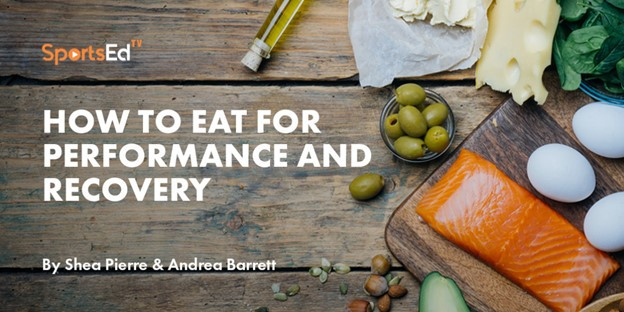
Sleep
Bodies recover, muscles grow, and skills improve during sleep. Experts recommend that 6–12-year-old athletes need 9-12 hours of sleep per night, 13–18-year-old athletes need 8-10 hours, college athletes need 10+ hours, and professional athletes need 8-10 hours of sleep3. Sleep also helps reduce the risk of injury. Research indicates that sports performance is enhanced, and the risk of injury is less among young athletes who get 8-10 hours of regular sleep each night than in those who get less than 8-10 hours of regular sleep5. And, if by chance you are injured, recovery and healing are faster in those who get more sleep.
Closing thoughts
Be: Be patient and give your training program time to work. Focus on the process, not the result. Adaptation takes time. TherNogle exercise, movement, food, etc., will produce immediate results. Improvements take time. You can’t microwave progress.
References
- Coleman, 52-week baseball conditioning. Human Kinetics, 2000.
- Coleman, AE and WA Amonette, Analysis of the sport and sport position. In Coleman, AE and DJ Szymanski. Strength Training for Baseball. Human Kinetics, 2022.
- https://www.sleepfoundation.org/teens-and-sleep/student-athletes-sleep-time.
- Mangieri, HR. Fueling Young Athletes. Human Kinetics, 2017.




